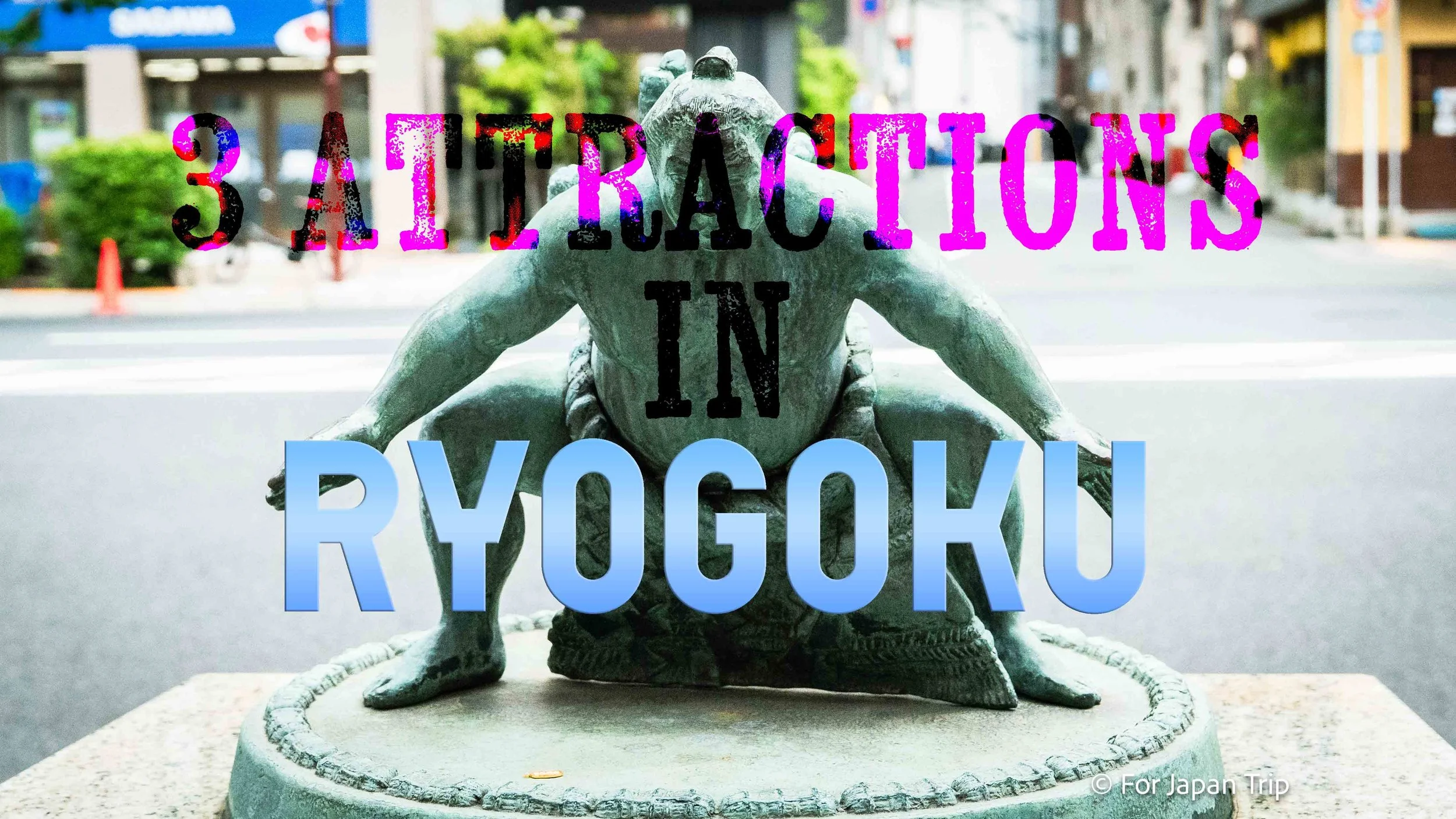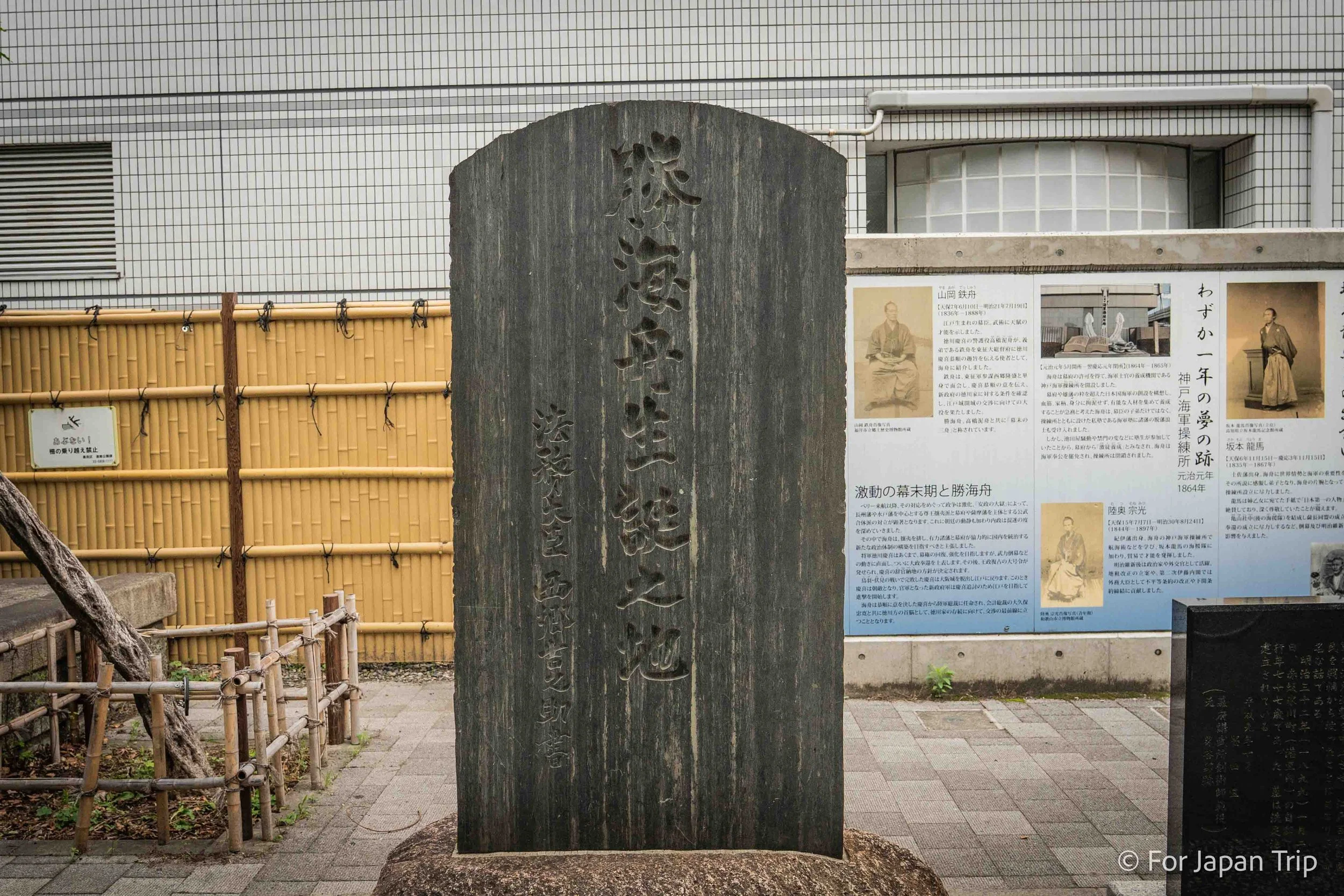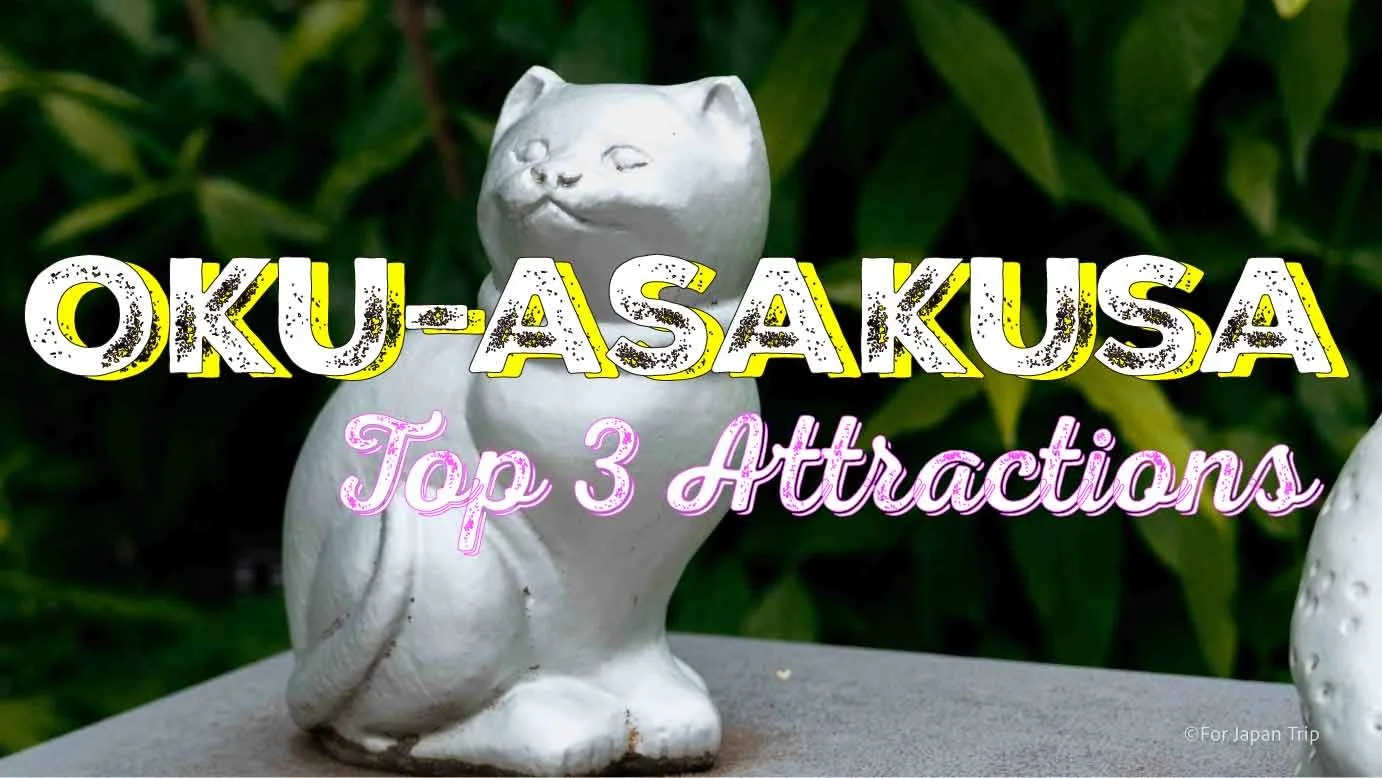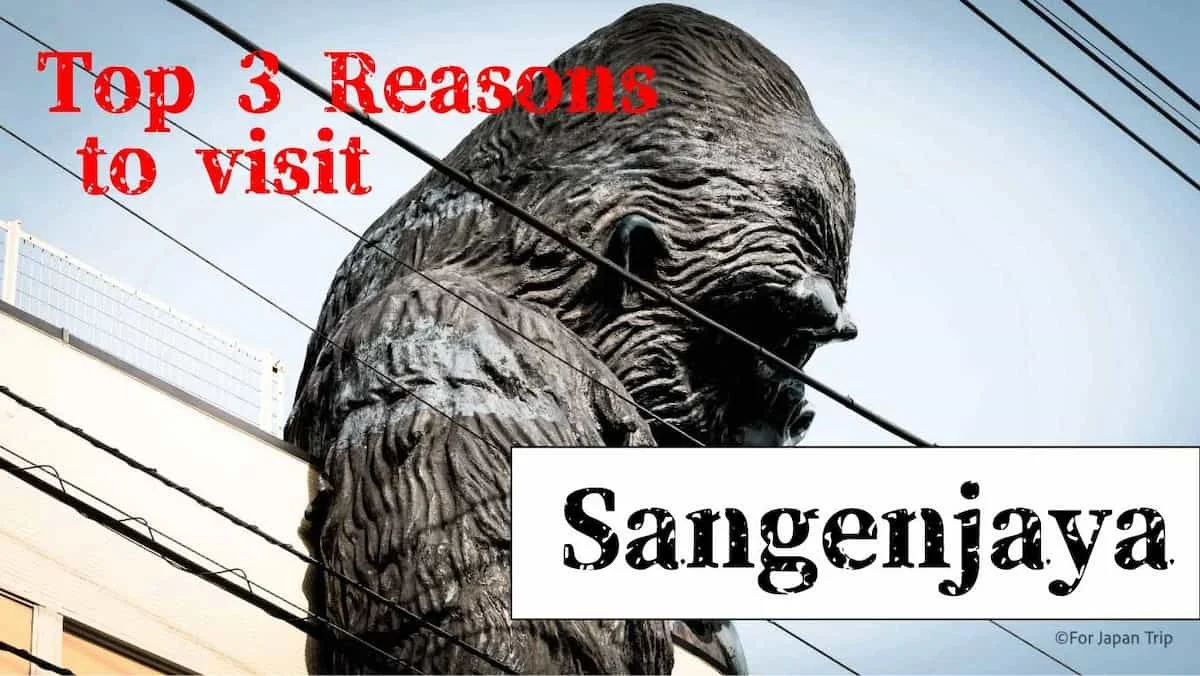3 Attractions in Ryogoku
※updated on July 10 2025
Located in Tokyo’s Sumida city, the Ryogoku area is just a quick 4-minute JR train ride from Akihabara. The name “Ryogoku” (literally meaning “two countries”) comes from the Ryogoku Bridge, which historically connected two ancient provinces: Musashi and Shimousa across the Sumida River.
Today, Ryogoku is best known as the spiritual home of “Sumo”. The Ryogoku Kokugikan (Sumo Hall) attracts spectators from all over Japan to watch this 1,500-year-old traditional sport, which is also Japan’s national sport and a source of pride and fascination worldwide.
The area is dotted with sumo stables and restaurants serving chanko-nabe, the hearty hot pot meal favored by rikishi. It’s not uncommon to spot sumo rikishi in traditional yukata robes walking the streets. But Ryogoku offers much more than just sumo. It’s also rich in cultural and historical attractions.
In this article, we’ll introduce the THREE unique charms in Ryogoku that make it a must-visit destination right now.
1) Wall Art “TOKYO CITY CANVAS”
Located just east of Ryogoku Kokugikan, the Edo-Tokyo Museum is known for showcasing the history and culture of Tokyo from its Edo-period roots. Although the museum is currently closed for major renovations, something new has emerged on the construction walls — a striking public art display called TOKYO CITY CANVAS.
This large-scale mural stretches approximately 3 meters high and 30 meters wide. It features creative reinterpretations of the famous ukiyo-e “Kabuki Actor Ichikawa Ebizō as Takemura Sadanoshin” by Sharaku, whose iconic left eye is also used in the museum’s logo. Local students took this historical motif and expressed it through their own modern perspectives, resulting in vibrant artworks that blend Edo-period tradition with contemporary creativity.
The installation is both a visual celebration and a photo-worthy attraction, drawing visitors to experience this unique fusion of past and present. The artwork will be on display until September 2025. To find it, simply head east down the small street south of Ryogoku Kokugikan — and don’t miss this once-in-a-lifetime glimpse of Tokyo and Edo through youthful eyes.
📍 Address: Around the Edo tokyo museum
🕒 Opening hours: 24 hours
🎟️ Price: Free
🚉 Access: 1 minutes from JR Sobu line Ryogoku Station
2) Sumo Rikishi Statues on Kokugikan Street
Just outside JR Ryogoku Station, along Kokugikan Street, you’ll find seven bronze statues of sumo rikishi installed along the sidewalks — four on the east side of the station and three on the west. Each statue captures a different traditional sumo pose or ritual moment, such as the Shiranui style, Unryu style, and shiko (leg stomping), offering a glimpse into the ceremonial beauty of Japan’s national sport.
Though modest in size, the statues are intricately detailed, combining a sense of power with approachability. As you walk along the street, you’ll feel as if you’re strolling through the sacred heart of sumo culture.
In October 2025, sumo will step onto the global stage once again, with an official overseas tournament planned in London — the first in 34 years. This makes 2025 a historic year for international sumo appreciation.
There’s no better time to visit Ryogoku. Don’t miss your chance to explore all seven statues — they’re popular photo spots and offer a hands-on way to connect with Japan’s unique sporting heritage.
Access: Immediately outside JR Ryogoku Station West Exit, along the north-south Kokugikan Street
📍 Address: 2-14 Ryogoku, Sumida city, Tokyo
🕒 Opening hours: 24 hours
🎟️ Price: Free
🚉 Access: 1 minutes from JR Sobu line Ryogoku Station
3) Katsu Kaishu Monument
Located in Ryogoku, Tokyo, the Katsu Kaishu Monument commemorates one of Japan’s most influential samurai and statesmen from the late Edo to early Meiji period. Katsu Kaishu was a visionary who advocated for Japan’s modernization, particularly its naval forces. He even traveled to the United States—an extraordinary act for the time—to study Western military systems and inspired many young leaders of the era.
He is best known for his pivotal role in the peaceful surrender of Edo Castle in 1868. By negotiating with Saigo Takamori, he helped avoid a civil war battle in the capital, preserving Edo (now Tokyo) from destruction. His leadership in the Meiji government also contributed to building Japan into a modern nation-state.
The monument stands in Ryogoku Park, considered to be his birthplace. It’s about a 7-minute walk south from JR Ryogoku Station. Within the quiet park, you'll find a bronze sculpture of a chair and sword, symbolizing Katsu’s enduring legacy.
Although the monument's inscription is only in Japanese, it remains a meaningful spot for anyone interested in Japanese history and culture. The park’s peaceful atmosphere also makes it a pleasant stop during a walk around Ryogoku.
🕒 Opening hours: 24 hours
🎟️ Price: Free
🚉 Access: 6 minutes from JR Sobu line Ryogoku Station
Ryogoku is a unique area beloved both in Japan and abroad, known especially as the heart of sumo wrestling and deeply rooted in traditional Japanese culture and history.
If you're a fan of Japan, you may have heard of this place before. The streets are adorned with historical monuments and architecture, making it a fascinating destination to simply walk around and explore.
Now is the perfect time to rediscover the charm of Ryogoku. From sumo to art, culture, and history, this area offers a rich blend of experiences. Why not take this opportunity to visit and immerse yourself in the spirit of traditional Japan?
Recommended Area








